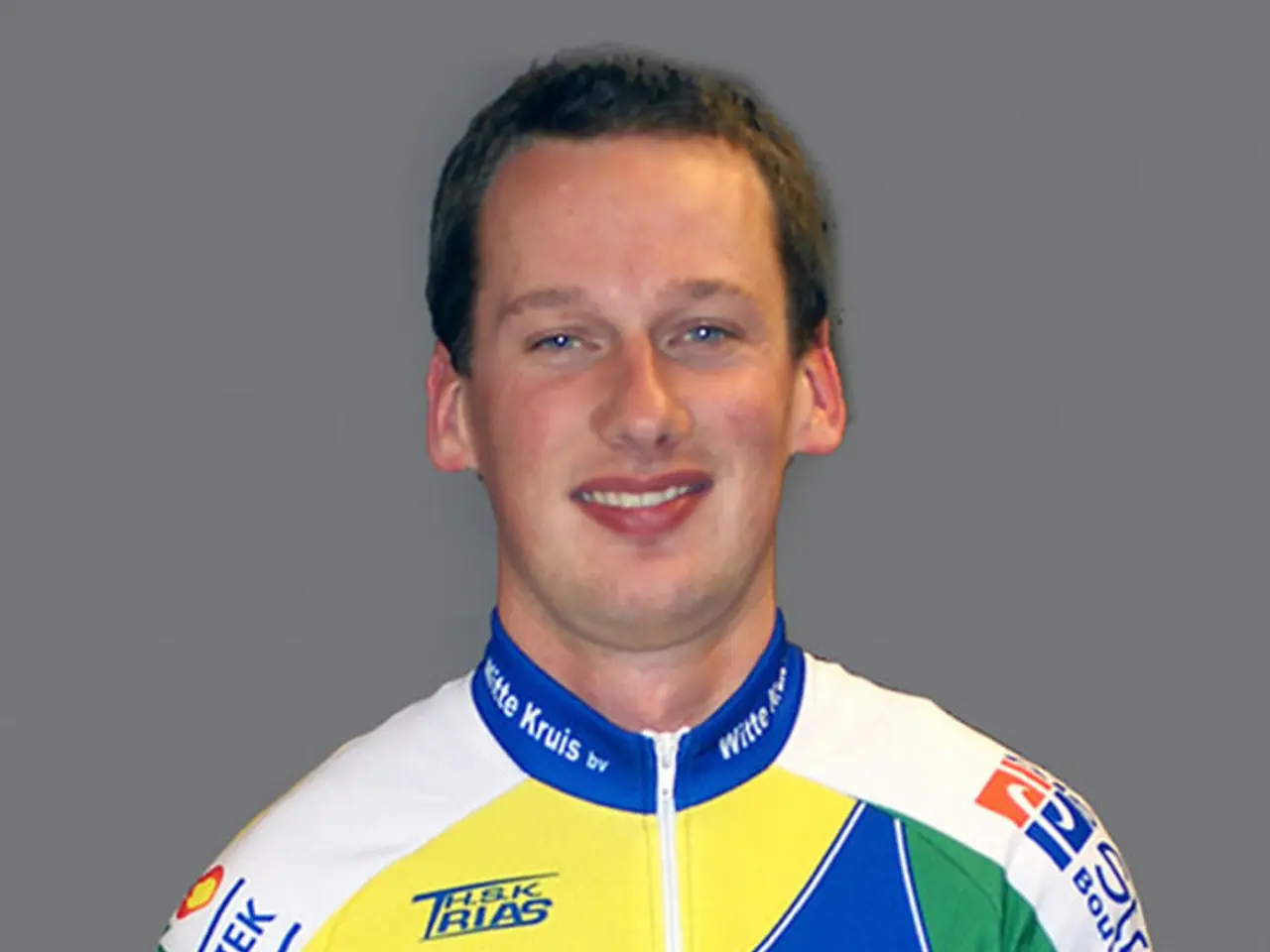Michael Phelps' Eating and Nutritional Habits
Michael Phelps: The Legendary Swimmer and His Remarkable Journey
Michael Phelps, widely regarded as the greatest swimmer of all time, made history at the 2008 Beijing Olympics by winning an unprecedented eight gold medals, surpassing the record set by Mark Spitz in 1972.
Phelps' success was not a mere stroke of luck. His meticulous approach to training and recovery played a significant role in his historic performance. His training routine involved swimming a staggering 80,000 metres each week, often split across double sessions three times a week.
The American swimmer's regimen was tailored to his specific needs, as detailed in an interview with Men's Journal. His diet, too, was a crucial part of his strategy, with hefty lunches and dinners consisting of pounds of pasta, large sandwiches, pizzas, and energy drinks.
Sleep was another vital component of Phelps' recovery process. He emphasized its importance, stating that it contributed to his historic performance at the 2008 Olympics. His training and recovery methods also included ice baths, stretching, working with a trainer, massages, and sleeping in a chamber at 9,000 feet.
Phelps' race day routine was as precise as his training. He would start his day with a large breakfast that included three fried-egg sandwiches, a five-egg omelette, a bowl of grain, three slices of French toast, and three chocolate-chip pancakes. This was followed by a stretching and warm-up routine, detailed by Charles Duhigg in his book, "The Power of Habit."
However, post-retirement, Phelps no longer follows the gruelling swim sessions and extreme diet he maintained during his Olympic career. His previous regimen included consuming around 8,000 to 10,000 calories daily, but these intense routines are no longer current practices.
Instead, Phelps has shifted his focus towards other roles in swimming governance, athletics advocacy, and family life. While his diet and training routine during his competitive years were extremely demanding, public information emphasizes his past regimen rather than any current strict routine or diet.
Despite this change, Phelps remains committed to fitness. He enjoys spin classes and maintains a healthy lifestyle, as evidenced by his regular workouts with his wife, Nicole.
In conclusion, Michael Phelps' journey to becoming the most decorated Olympian ever, with a total of 28 medals, was marked by an extraordinary commitment to his craft. His legacy in swimming is undeniable, and his story serves as an inspiration to aspiring athletes worldwide.
[1] Men's Journal, "Michael Phelps' Diet: What He Actually Eats" [2] USA Swimming, "Michael Phelps: The Man Behind the Medals" [3] Sports Illustrated, "Michael Phelps' Incredible Streak of Consecutive Training Days" [4] CNN, "Michael Phelps: The Man After the Medals" [5] NBC Sports, "Michael Phelps' Training Secrets Revealed"
Drawing on his Olympic achievements and his post-retirement life, Michael Phelps' journey showcases his dedication not just to science and sports, but also to health-and-wellness and fitness-and-exercise. As a competitive swimmer, he followed a rigorous diet that focused on nutrition, consumed around 8,000 to 10,000 calories daily, and adhered to numerous exercise regimes. Today, he continues to prioritize fitness, practicing spin classes and leading a healthy lifestyle alongside his wife, demonstrating his enduring commitment to health and wellness.
References: [1] Men's Journal, "Michael Phelps' Diet: What He Actually Eats" [2] USA Swimming, "Michael Phelps: The Man Behind the Medals" [5] NBC Sports, "Michael Phelps' Training Secrets Revealed" [4] CNN, "Michael Phelps: The Man After the Medals"




